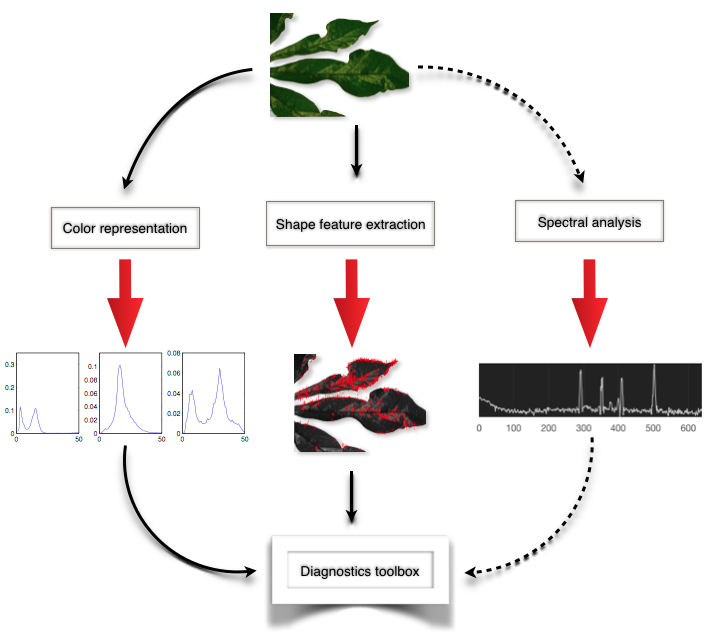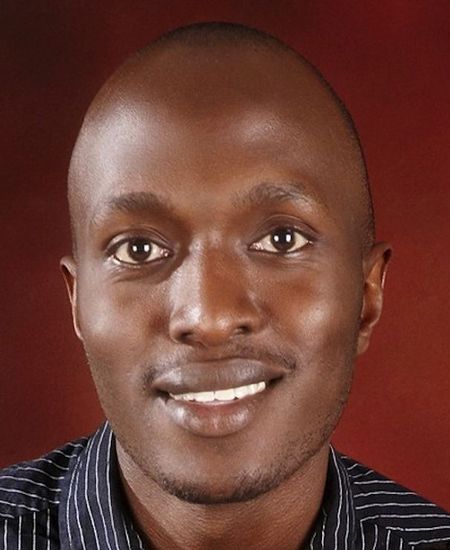
Ernest Mwebaze
Lecturer
School of Computing & IT,
Makerere University
P.O. Box 7062,
Kampala, Uganda.
Office: Block B, Level 3, Rm 303
P: (+256) 772-121-272
H: Mon - Fri: 8:00 AM to 5:00 PM
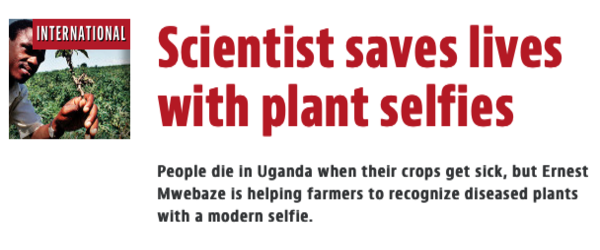
Article in the UK Niews on my research on crop disease surveillance.
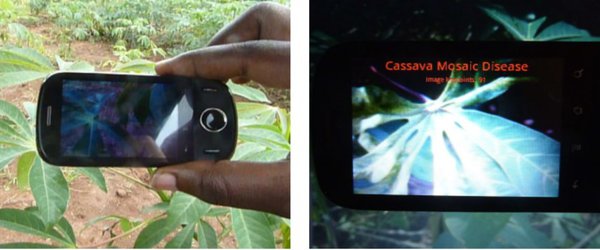
Using smartphones for automated diagnosis in the field. See project site here...
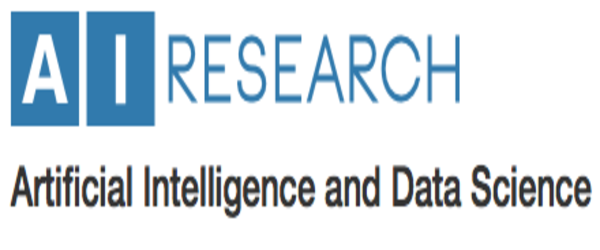
Visit our research group where we try to solve local problems using AI
